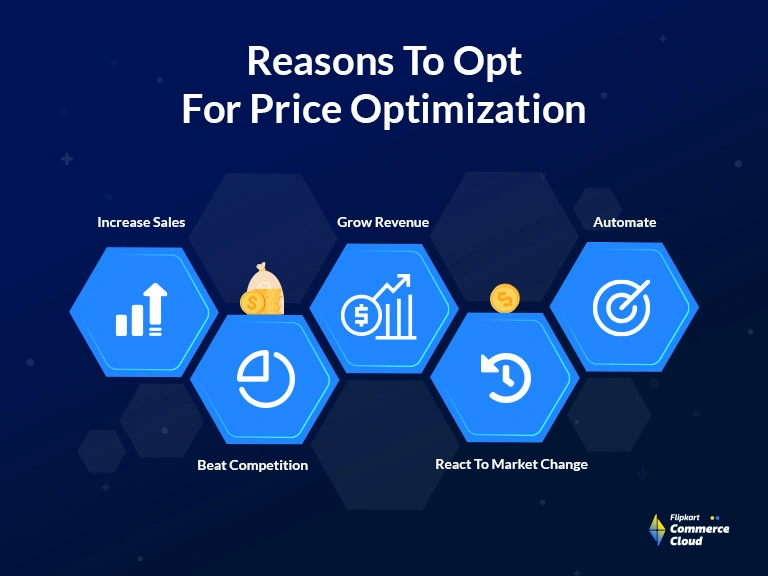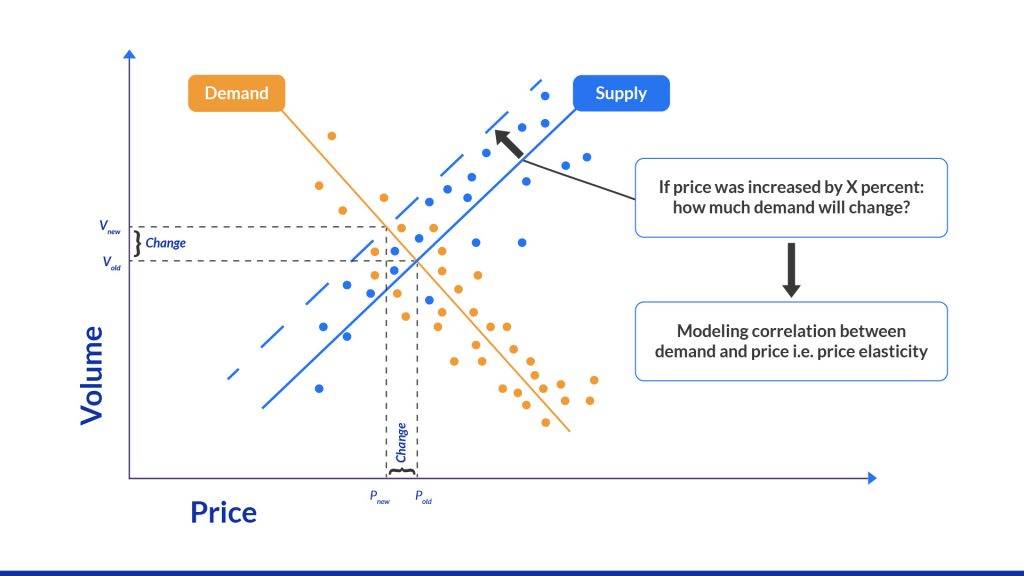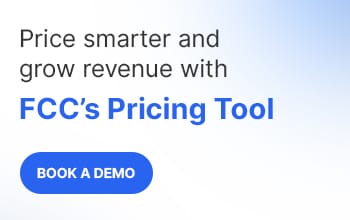FAQ
Using retail price optimization software offers several benefits. It helps retailers analyze market trends, competitor pricing, and customer behavior to determine the optimal strategy. This leads to increased sales, improved profit margins, and a competitive advantage in the market.
Yes, there can be drawbacks to implementing a retail price optimization strategy. It can be time-consuming and require a significant investment in data analysis and technology. Additionally, if not executed properly, it could lead to errors or alienate customers if prices are perceived as unfair.
More Blogs
See how retailers and brands are winning with FCC
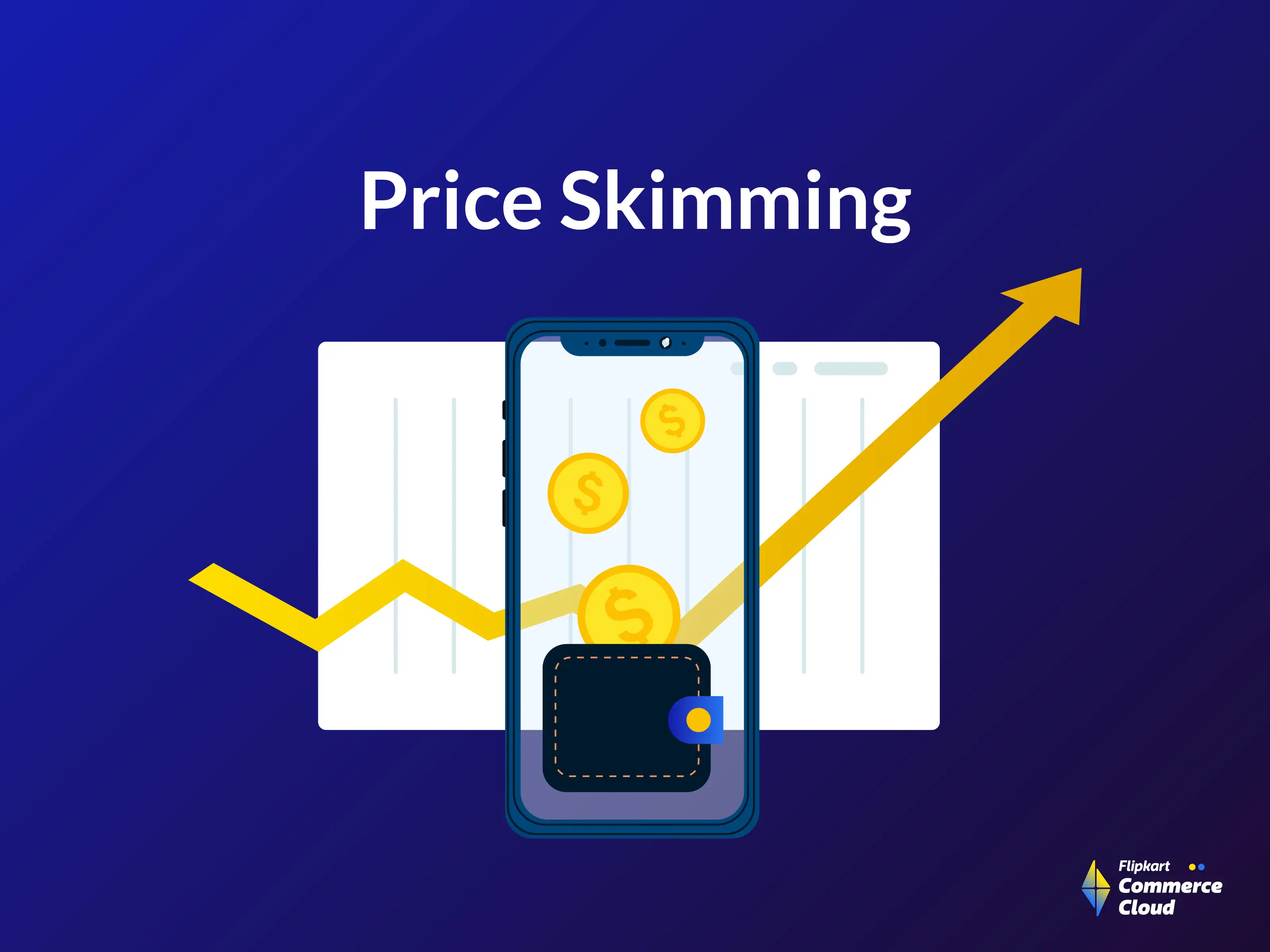
Everything About Price Skimming Strategy Explained
Read More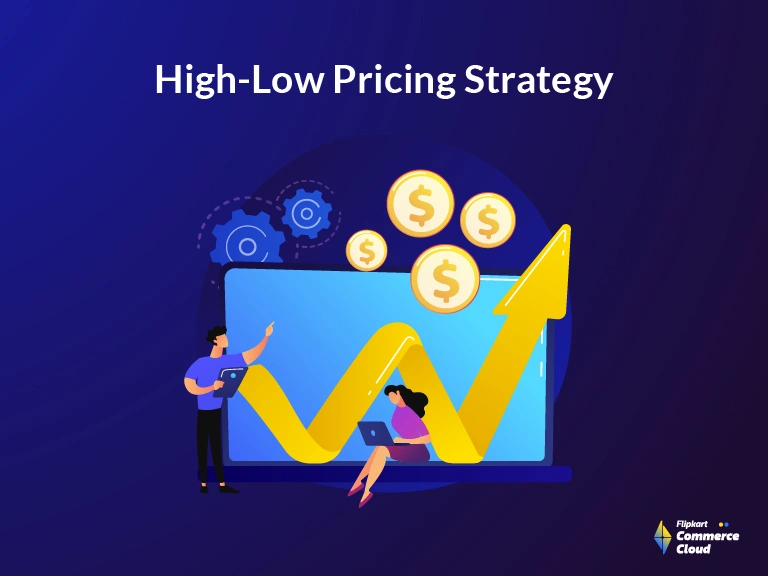
What is a High-Low Pricing Strategy?
Read More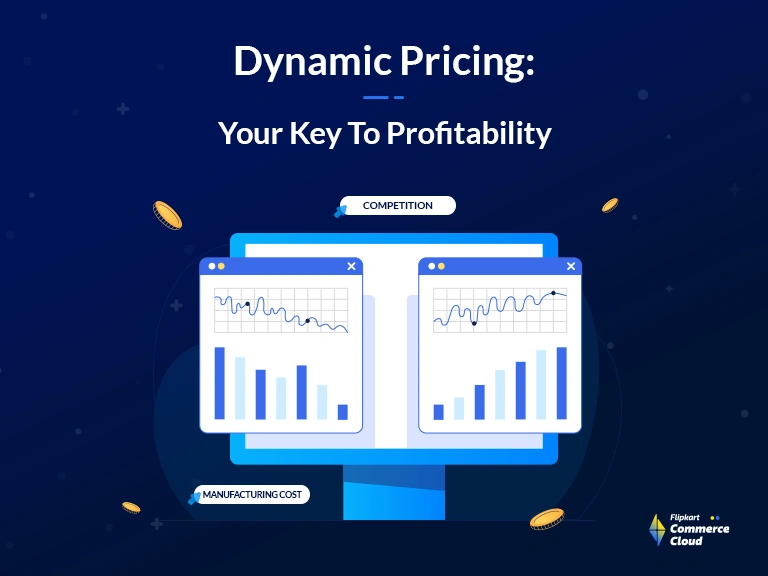
Ultimate Guide To Dynamic Pricing Strategy In 2026
Read More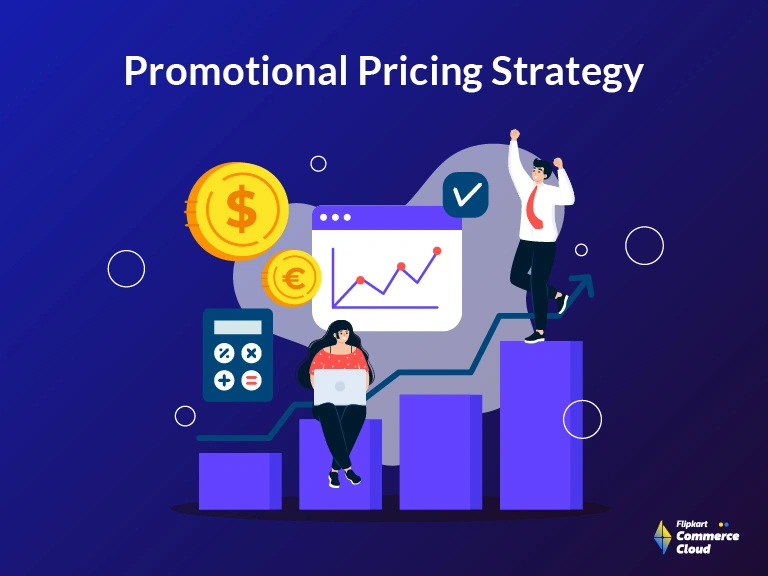
Retail Pricing Strategies: Winning with Promotion Pricing in Competitive Markets
Read More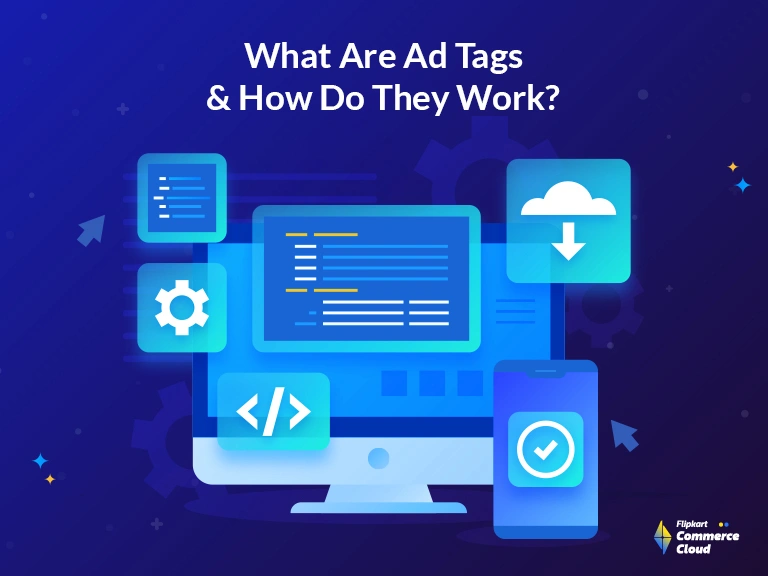
Ad Tags: Enhancing Ad Serving Efficiency in Large-Scale Campaigns
Read More